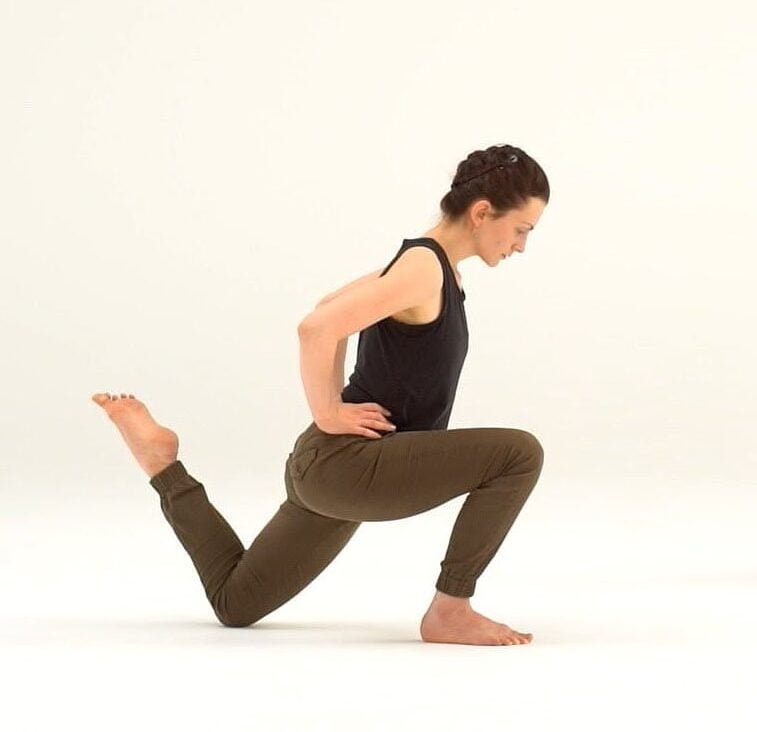Interested in Developing Body Awareness?
Having an interest in the topic of “body awareness” on a conceptual level helps developing it more efficiently.
However, as it is a skill, simply reading about it doesn’t on its own lead to acquiring it.
The term “body awareness” is often used very loosely without a precise definition. From a practical standpoint, and based on available scientific data, we distinguish among the 3 types of body awareness as Interoceptive, Proprioceptive, and Spatial awarenesses.
The development of these 3 types of body awareness serves both the goal of the practice and prerequisites for better motor control, safe movement, and self-regulation.
Baseworks is a movement approach that focuses on the cognitive and perceptual aspects of physical movement.
Let’s define awareness as a state or ability to notice a particular sensory signal. When we are very concentrated on something, we may become completely unaware of any sounds in the room.
Or, sometimes we cannot see our keys just in front of us if there are too many objects on the table. However, unless we are deaf or blind, we know that we can physically see and hear.
We rely on vision and hearing in our daily lives to take in information about the external world. Since it is essential to notice the changes in our environment, a lot of visual and hearing data reaches our awareness.
The situation may be different when it comes to body awareness. We live in our body, which does not visibly change minute-to-minute. Unless a part of it is damaged, we do not need to pay much attention to it. We may be more aware of what our body looks like to other people in a social context than of what it feels like to ourselves.
Let’s define body awareness as a state or ability to notice a particular sensory signal coming from within the body. Depending on the source/type of the internal sensory signal, we can loosely identify three distinct types of body awareness: Interoceptive, Proprioceptive, and Spatial awareness.

The sense of the internal state of the organs and the cardiovascular system.
Examples of interoceptive sensations: heat, cold, warmness, itch, fullness, emptiness, lightness, tingling, burning, tightness, etc.
The ability to be aware of interoceptive signals is essential to understand one’s emotions better and to assess one’s level of stress or fatigue.
The sense of the position and movement of the body.
Our brain can calculate the positions of its body parts without our awareness of it.
However, when the muscles stretch too much, or when the joints move to extreme positions, we may experience sensations in our muscles, joints or tendons.
When we focus more attention on movements, our proprioceptive awareness improves.
The ability to understand the position of one’s body and other objects in space.
Mentally rotating objects, reading maps and coordinating the movements of your body parts in space requires spatial awareness.
Spatial awareness creates a 3D grid so that we can eventually move our body parts exactly the way we want.
Good spatial awareness dramatically helps to learn new movements.
Having an interest in the topic of “body awareness” on a conceptual level helps developing it more efficiently.
However, as it is a skill, simply reading about it doesn’t on its own lead to acquiring it.